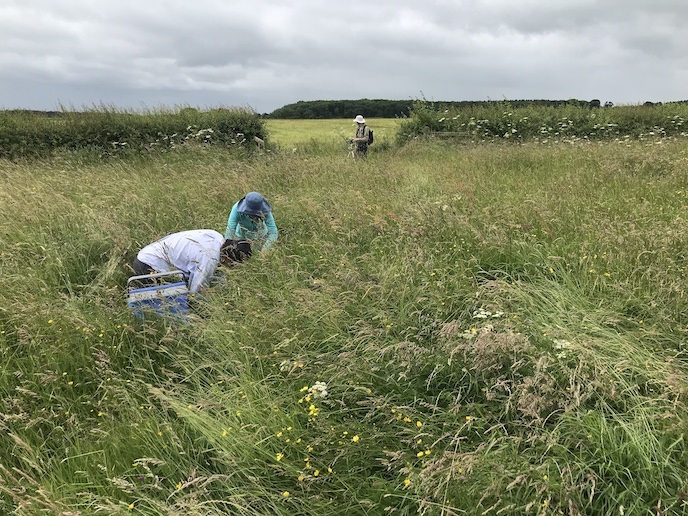Achieving new insights into Bronze Age life
The Nuragic culture, which developed on the Mediterranean island of Sardinia around 1700 to 900 BCE, was known for building thousands of monumental stone towers. While archaeologists estimate that as many as 10 000 towers once existed, only a few thousand now remain. “The Nuragic people also built monumental tombs known as giants’ tombs, as well as numerous ritual structures dedicated to water,” notes ZANBA(opens in new window) project's Marie Skłodowska-Curie fellow Emily Holt from Cardiff University(opens in new window) in the United Kingdom. “They were very active in metal working, making ingots, weapons and tools, and thousands of small bronze figurines.” Less is known however about early Nuragic culture. “Most research has focused on the later periods, when Nuragic culture produced its most impressive architectural achievements,” says Holt.
Samples from the past
ZANBA, which was undertaken with the support of the Marie Skłodowska-Curie Actions(opens in new window) programme, sought to shine a light on this early period, to find out more about how Nuragic culture developed. The site Holt studied – Sa Conca ‘e sa Cresia near the town of Siddi in south-central Sardinia – has been radiocarbon-dated to c. 1750-1450 BCE, which is the early phase of the Nuragic culture. In her project, Holt employed a technique called isotope analysis(opens in new window). By extracting strontium, nitrogen and carbon from the ancient remains of domestic animals, she hoped to learn about their diet. This could tell us about how and where animals were raised, revealing perhaps important clues about the type of society that existed. For example, was this a period of expanding political consolidation, and were strategies of economic intensification in place? First though, a strontium isotope-based map of central Sardinia needed to be built, in order to have something to compare the ancient samples to. “Not having a good base map for Sardinia has hindered the progress of mobility studies using strontium isotopes,” she explains. So, to begin, Holt and her team gathered and analysed modern plant samples, to build up the base map. Next, samples from teeth of domestic animals excavated from Sa Conca ‘e sa Cresia were analysed. “This required using very precise drills to cut samples of the tooth enamel, before chemical analysis could be conducted,” adds Holt.
Uncovering ancient history
Holt is currently completing the first step of the project – the first strontium isotope-based map of Sardinia. “This will be a very important achievement,” she says. “Once finished, it can be used by any archaeologist to apply strontium isotope analysis to their samples.” The next step is to run tests on the extracted animal remains from Sa Conca ‘e sa Cresia. “Whatever we find will be an interesting discovery because so little is known,” adds Holt. “If we find that they were raising animals close to home, possibly in an intensive way, that could suggest that they had small polities that had somewhat fraught relationships with each other. This might suggest that the political consolidation that appears later in Nuragic history would have required some deliberate strategies and concerted effort to create.” If on the other hand animals were found to be raised further away, this could suggest that the groundwork for cooperation and consolidation was laid very early. More broadly, understanding the social, political and economic structures of Nuragic Sardinia could help us to understand how certain parts of Mediterranean Europe developed at a critical juncture in human history, towards the end of the Bronze Age and the beginning of the Iron Age.




